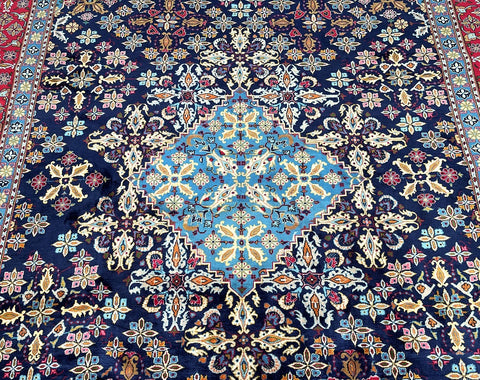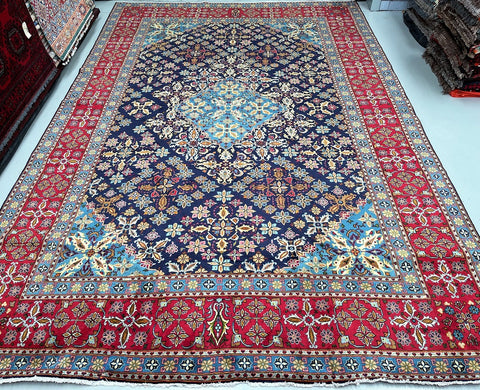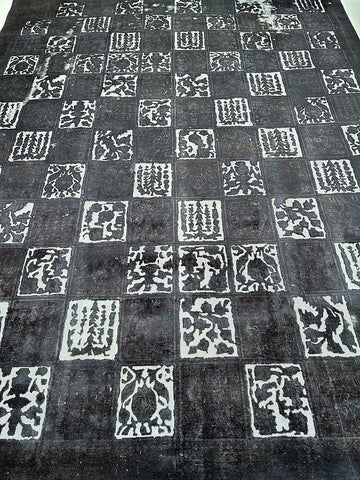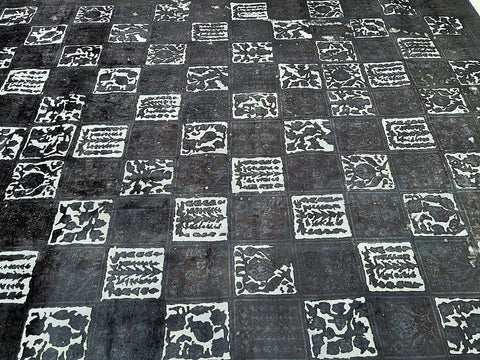Najafabad Rugs
Najafabad, a town nestled in the heart of Isfahan, Iran, is renowned for its rich history in rug making. Dating back to the 19th century, Najafabad rugs originated from the skilled hands of Persian craftsmen. These artisans meticulously wove their cultural heritage into every intricate knot, resulting in rugs that exude timeless beauty.
Crafting a Najafabad rug is a labor-intensive process that requires immense skill and attention to detail. The weavers predominantly employ the Persian knot technique, also known as the Senneh knot, which results in a dense and durable rug. This technique involves looping the yarn around two warp threads and then cutting it to create the pile. The density of these rugs ensures their longevity, making them cherished heirlooms that can be passed down through generations.
Najafabad rugs are known for their vibrant and harmonious color palettes. Traditional Najafabad rugs often feature a rich combination of reds, blues, greens, and golds, creating a breath-taking visual symphony. These colors are derived from natural dyes, obtained from plants, roots, and insects, lending an organic authenticity to each rug.
The design motifs found in Najafabad rugs are equally captivating. Floral patterns, medallions, paisleys, and intricate borders are common themes that reflect the Persian artistic heritage. These designs not only add aesthetic appeal but also hold symbolic meanings rooted in Persian culture, history, and mythology. Each rug tells a story, providing a window into the past and an invitation to explore the beauty of Persian artistry.















